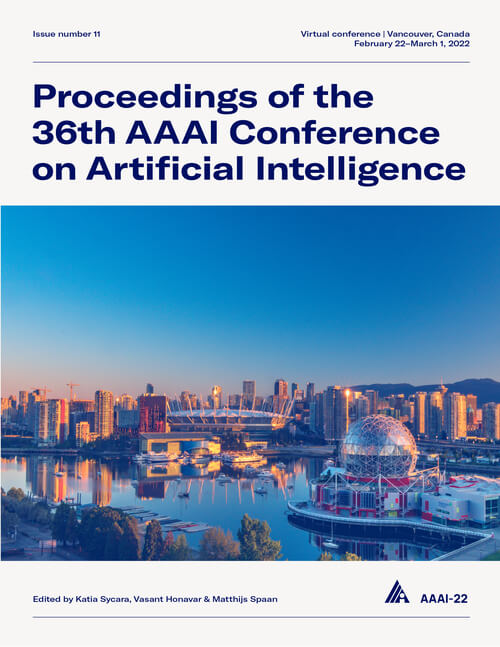I-SEA: Importance Sampling and Expected Alignment-Based Deep Distance Metric Learning for Time Series Analysis and Embedding
DOI:
https://doi.org/10.1609/aaai.v36i7.20776Keywords:
Machine Learning (ML), Data Mining & Knowledge Management (DMKM)Abstract
Learning effective embeddings for potentially irregularly sampled time-series, evolving at different time scales, is fundamental for machine learning tasks such as classification and clustering. Task-dependent embeddings rely on similarities between data samples to learn effective geometries. However, many popular time-series similarity measures are not valid distance metrics, and as a result they do not reliably capture the intricate relationships between the multi-variate time-series data samples for learning effective embeddings. One of the primary ways to formulate an accurate distance metric is by forming distance estimates via Monte-Carlo-based expectation evaluations. However, the high-dimensionality of the underlying distribution, and the inability to sample from it, pose significant challenges. To this end, we develop an Importance Sampling based distance metric -- I-SEA -- which enjoys the properties of a metric while consistently achieving superior performance for machine learning tasks such as classification and representation learning. I-SEA leverages Importance Sampling and Non-parametric Density Estimation to adaptively estimate distances, enabling implicit estimation from the underlying high-dimensional distribution, resulting in improved accuracy and reduced variance. We theoretically establish the properties of I-SEA and demonstrate its capabilities via experimental evaluations on real-world healthcare datasets.Downloads
Published
2022-06-28
How to Cite
Rambhatla, S., Che, Z., & Liu, Y. (2022). I-SEA: Importance Sampling and Expected Alignment-Based Deep Distance Metric Learning for Time Series Analysis and Embedding. Proceedings of the AAAI Conference on Artificial Intelligence, 36(7), 8045-8053. https://doi.org/10.1609/aaai.v36i7.20776
Issue
Section
AAAI Technical Track on Machine Learning II

